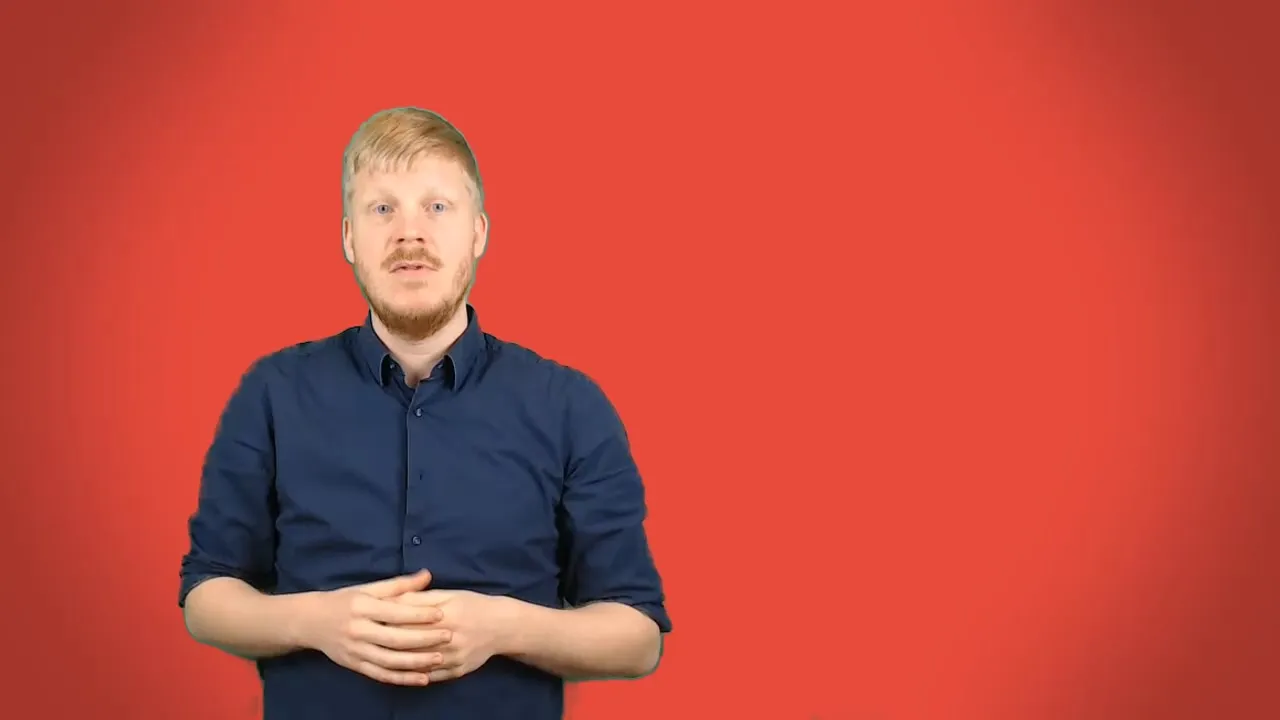The collection of ideas is the first step in creating a text. Often, the best ideas arise spontaneously, whether during a daily activity or in moments of relaxation. It is important to quickly capture these ideas before they are lost. In this guide, you will learn how to effectively gather and evaluate ideas for your texts.
Key Insights
- Take notes of ideas immediately so as not to forget them.
- Use digital note-taking tools for better organization.
- Quantity matters more than quality in generating ideas.
- A clear goal definition is crucial for evaluating ideas.
Step-by-Step Guide
Gathering and evaluating ideas is a creative process that helps you sort your thoughts and develop the best concepts for your text. Here are the steps you can follow:
First and foremost, it's important to always jot down ideas immediately. Ideas often arise spontaneously in various situations. Remember that it doesn't matter whether you are in the shower or on the toilet. Capture the inspirations as quickly as possible to avoid forgetting them.
An efficient method for collecting ideas is maintaining a so-called swipe file. A swipe file is a loose collection of ideas, text fragments, and headings that come to mind. You can use various digital tools for this purpose. I recommend using Google Keep, but other tools like OneNote or Evernote are also popular. In my case, a digital notebook is advantageous as I always have my smartphone at hand and can quickly organize ideas.
When collecting ideas, the focus should initially be on quantity rather than quality. Remember: quantity over quality! The creative part of the writing process, the gathering of ideas, falls under the realm of the dreamer. The critic, who evaluates the ideas later, does not have a say at this stage. It is advisable to jot down too many ideas rather than too few – even bizarre thoughts can be valuable later on.

If you have difficulty coming up with creative ideas, try out different creativity techniques. Methods like clustering, mind mapping, or group brainstorming can help you organize your thoughts and develop new ideas. Make sure to think visually when creating a mind map, outlining the main topics and their subtopics first.
Once you have gathered a sufficient number of ideas, it's time for the critic to step in. Now, the task is to evaluate, select, and prioritize the ideas. It is crucial to have a clear goal in mind. Consider what the central message of your text should be and what effect you want to have on the reader. Are there specific secondary goals or requirements that you need to consider in the text?
Write down all ideas that do not align with your defined goal and cross them out. Arrange the remaining ideas in a list, with the best idea at the top, followed by the second-best, and so on. This structured approach will help you precisely identify the best ideas. Moreover, I often find that at the time the conceptual idea comes to me, I have no idea whether it will be a text, a video, or a podcast.
Subsequently, you can begin the concrete planning of your text. With a clear idea in mind, it becomes easier to streamline the structure and content.
Summary
In summary, collecting and evaluating ideas for texts is a creative process that requires both spontaneous notes and structured approaches. By using digital tools, you can ensure that your ideas are not lost and are efficiently organized.
Frequently Asked Questions
How can I best capture my ideas?Immediately jot them down in a digital note-taking tool or notebook.
Which tools are recommended for idea generation?Google Keep, OneNote, and Evernote are good options.
How many ideas should I gather?It's better to gather many ideas. Quality will be evaluated later.
How can I apply creativity techniques?Try mind mapping, clustering, or brainstorming.
When should I evaluate my ideas?Evaluation should occur after a sufficient number of ideas have been gathered.


